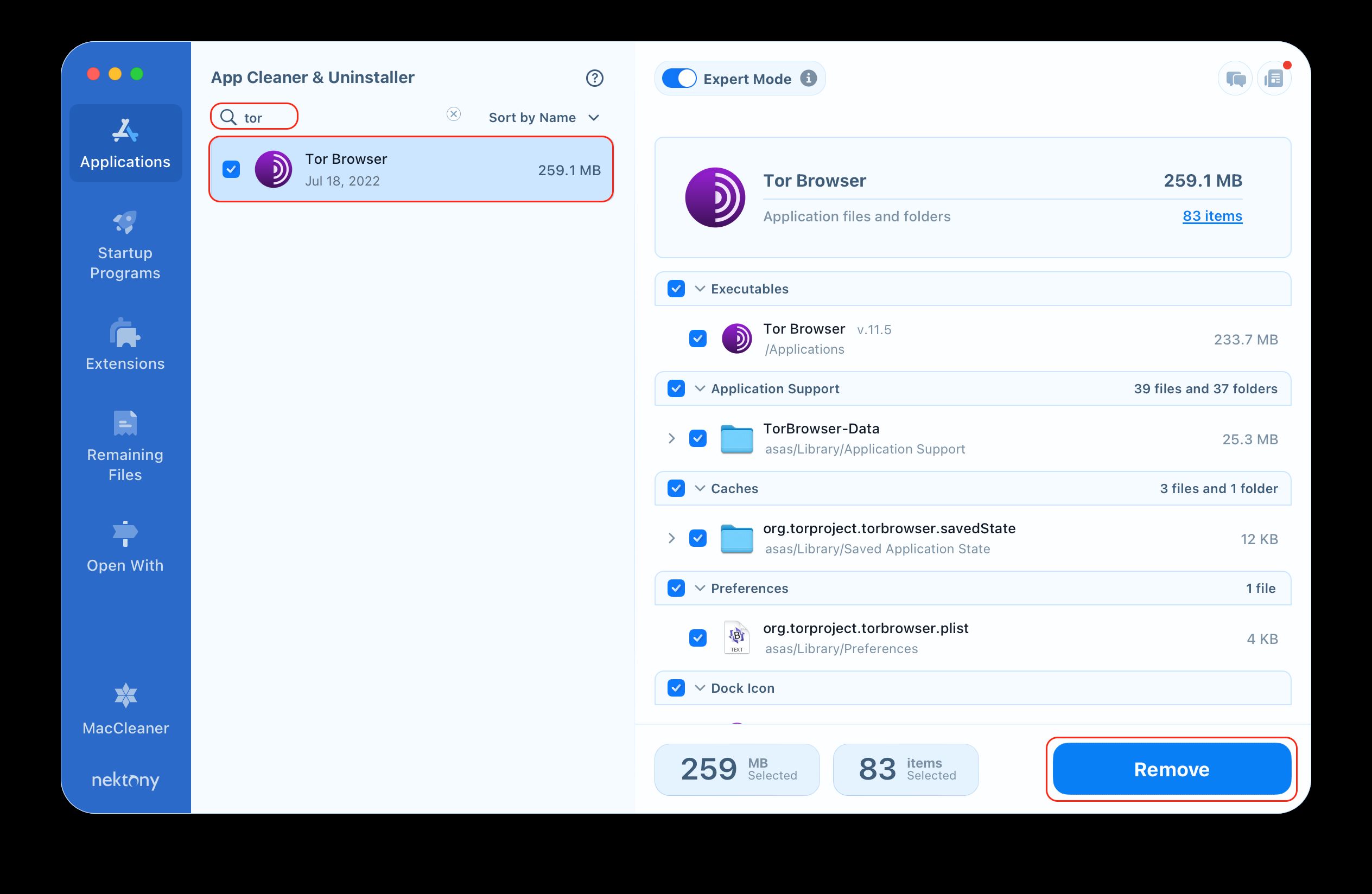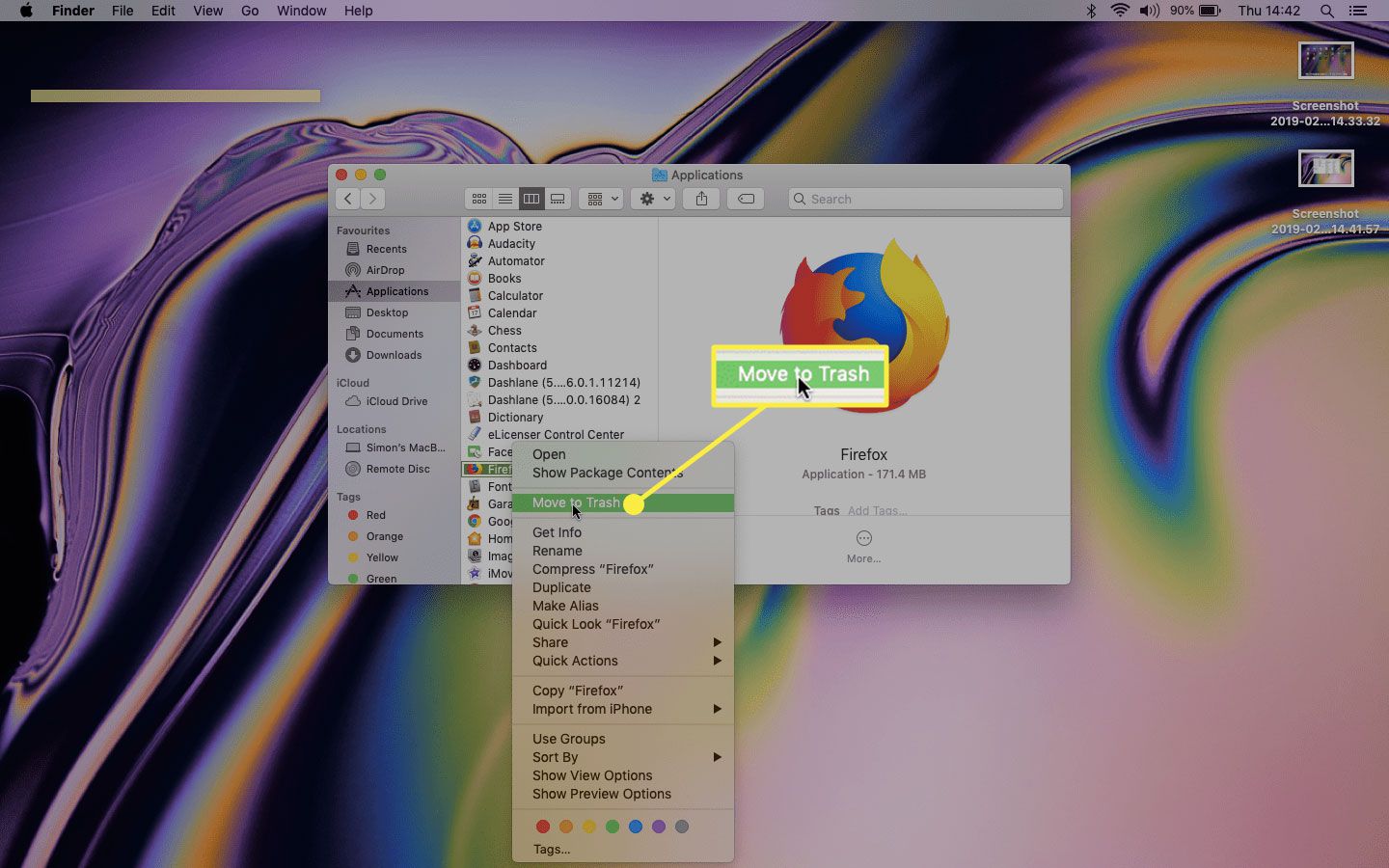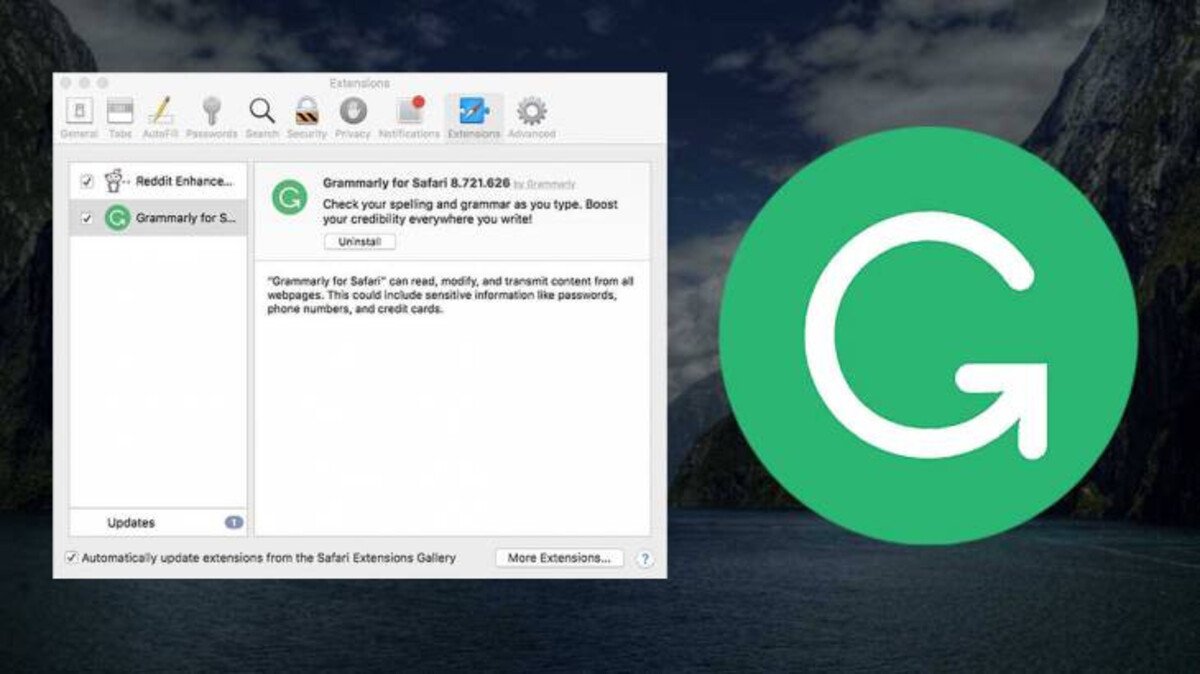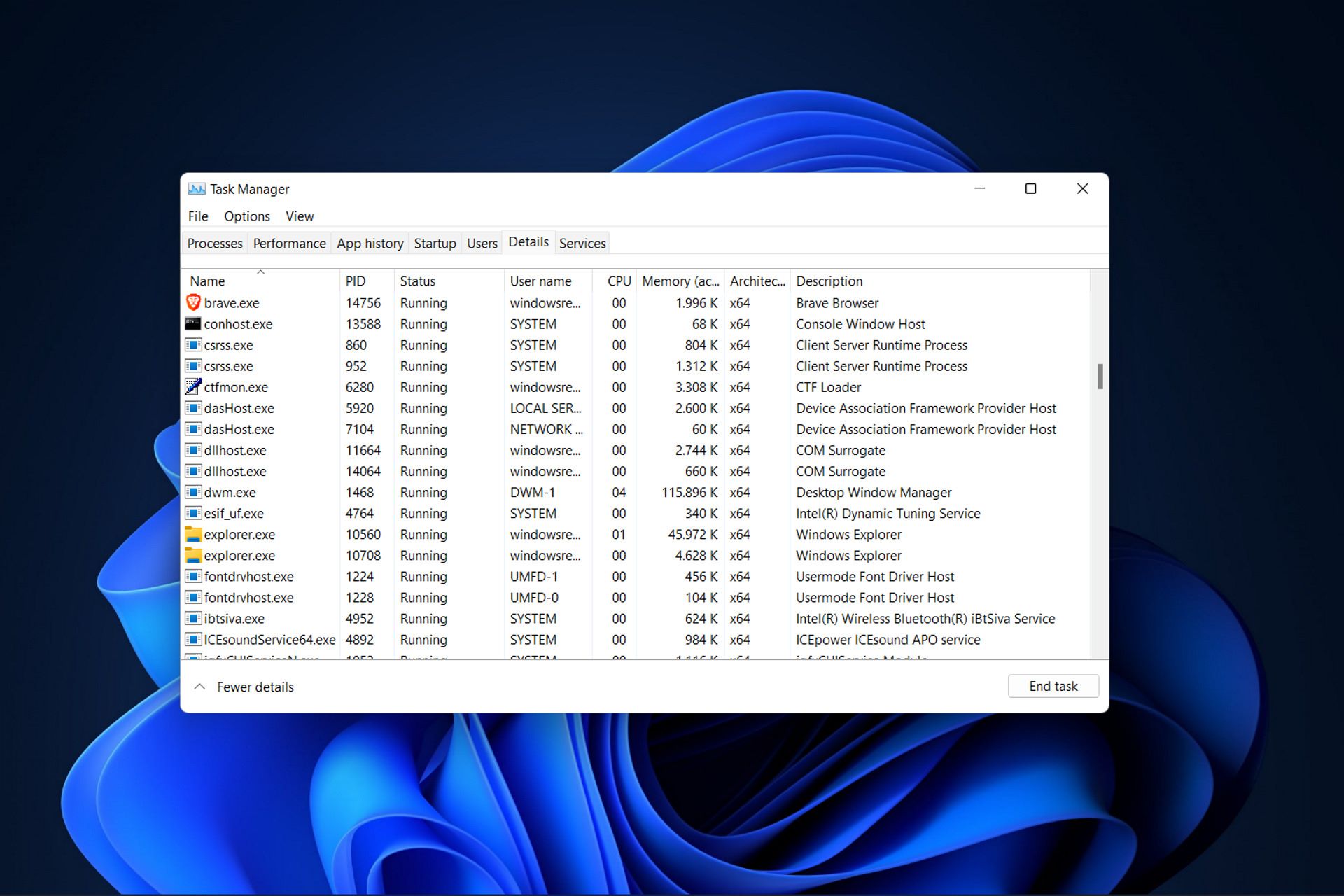Introduction
Closing a web browser on a computer may seem like a simple task, but there are various methods to accomplish this depending on the situation. Whether you're looking to shut down a single tab, exit the entire browser, or deal with unresponsive browser windows, it's essential to be familiar with the different techniques available. Understanding these methods can help you navigate through various browsing scenarios with ease and efficiency.
In this article, we will explore several approaches to closing a browser on a computer. From utilizing keyboard shortcuts to leveraging the Task Manager and Command Prompt, we'll cover a range of options that cater to different needs and circumstances. By the end of this guide, you'll have a comprehensive understanding of how to effectively close a browser on your computer, empowering you to manage your browsing experience with confidence.
So, whether you're a seasoned computer user or just getting started, let's delve into the diverse methods for closing a browser on your computer. With these techniques at your disposal, you'll be equipped to handle any browsing situation that comes your way.
Using Keyboard Shortcuts
When it comes to swiftly closing a browser on your computer, keyboard shortcuts can be a game-changer. These nifty combinations of keys allow you to perform tasks with minimal effort, making them a convenient option for efficiently managing your browsing experience. Here's a closer look at how you can leverage keyboard shortcuts to close your browser:
Closing a Single Tab
If you find yourself wanting to close a specific tab within your browser, using a keyboard shortcut can save you time and effort. On most popular browsers, including Google Chrome, Mozilla Firefox, and Microsoft Edge, you can simply press Ctrl + W (or Cmd + W on Mac) to close the active tab. This quick and intuitive shortcut enables you to tidy up your browsing session by swiftly removing unwanted tabs.
Exiting the Entire Browser
When it's time to bid farewell to the entire browser window, keyboard shortcuts offer a seamless solution. By pressing Alt + F4 on Windows or Cmd + Q on Mac, you can promptly close the entire browser, providing a swift way to wrap up your browsing session.
Dealing with Unresponsive Browser Windows
In the event that your browser becomes unresponsive, using keyboard shortcuts can help you regain control. On Windows, pressing Ctrl + Shift + Esc opens the Task Manager directly, allowing you to identify and close the unresponsive browser process. Meanwhile, on Mac, pressing Option + Command + Esc brings up the Force Quit Applications window, enabling you to terminate the unresponsive browser instance.
By familiarizing yourself with these keyboard shortcuts, you can streamline the process of closing tabs, exiting the entire browser, and managing unresponsive browser windows. This not only enhances your browsing efficiency but also empowers you to navigate through various browsing scenarios with ease.
Incorporating keyboard shortcuts into your browsing routine can significantly improve your overall browsing experience. Whether you're a multitasking enthusiast or simply seeking to optimize your workflow, mastering these shortcuts can elevate your browsing proficiency and streamline your interaction with web browsers.
In essence, keyboard shortcuts serve as invaluable tools for efficiently closing browser tabs, exiting the entire browser, and addressing unresponsive browser windows. By integrating these shortcuts into your browsing repertoire, you can navigate through your browsing sessions with enhanced speed and agility, ultimately empowering you to make the most of your online activities.
Using Task Manager
When traditional methods fail to close a browser on your computer, the Task Manager emerges as a reliable ally, offering a robust solution to tackle unresponsive browser windows. This powerful tool provides a window into the processes running on your system, allowing you to identify and terminate specific applications, including stubborn browser instances. Here's a detailed exploration of how you can effectively employ the Task Manager to close a browser on your computer:
Accessing the Task Manager
On Windows systems, accessing the Task Manager is a straightforward process. You can launch it by pressing Ctrl + Shift + Esc or by pressing Ctrl + Alt + Delete and selecting "Task Manager" from the options menu. Once the Task Manager window appears, you'll be greeted with a comprehensive view of the active processes on your computer, empowering you to take control of unresponsive applications, including web browsers.
Identifying and Terminating Browser Processes
Within the Task Manager, you can navigate to the "Processes" tab to view a list of running applications and background processes. To locate your browser instance, look for familiar names such as "chrome.exe" for Google Chrome, "firefox.exe" for Mozilla Firefox, or "msedge.exe" for Microsoft Edge. Once you've identified the relevant browser process, you can select it and click "End Task" to terminate the unresponsive browser window, effectively closing it and freeing up system resources.
Handling Unresponsive Browser Instances
In scenarios where a browser becomes unresponsive, the Task Manager serves as a lifeline, enabling you to regain control and restore normalcy to your browsing experience. By swiftly accessing the Task Manager and terminating the unresponsive browser process, you can mitigate disruptions and resume your online activities without the need to restart your computer or endure prolonged periods of unresponsiveness.
Leveraging Advanced Task Manager Features
Beyond its core functionality, the Task Manager offers advanced features that can further enhance your ability to manage browser processes. For instance, the "Performance" tab provides real-time insights into system resource usage, allowing you to identify resource-intensive applications and take appropriate action. Additionally, the "App history" tab offers historical resource usage data, enabling you to track the impact of browser processes over time.
Empowering Browsing Efficiency
By leveraging the Task Manager to close unresponsive browser windows, you can reclaim control over your browsing experience and maintain a smooth and efficient workflow. This capability not only minimizes disruptions but also empowers you to address browser-related issues with confidence, ensuring that your online activities proceed seamlessly.
In essence, the Task Manager stands as a versatile tool for managing browser processes, offering a reliable means to close unresponsive browser windows and optimize system performance. By mastering its functionality, you can navigate through browsing challenges with ease, ultimately enhancing your overall browsing proficiency and empowering you to make the most of your online endeavors.
Using Command Prompt
When conventional methods prove ineffective in closing a browser on your computer, the Command Prompt emerges as a powerful alternative, offering a versatile approach to managing browser processes. By leveraging the Command Prompt, you can gain greater control over your system and execute specific commands to address unresponsive browser instances. Here's an in-depth exploration of how you can effectively utilize the Command Prompt to close a browser on your computer:
Accessing the Command Prompt
Accessing the Command Prompt is a fundamental step in leveraging its capabilities to manage browser processes. On Windows systems, you can launch the Command Prompt by typing "cmd" in the search bar and selecting the Command Prompt application from the search results. Once the Command Prompt window appears, you'll have access to a command-line interface where you can execute a wide range of commands to interact with your system.
Terminating Browser Processes
With the Command Prompt at your disposal, you can execute commands to identify and terminate specific browser processes. The "tasklist" command allows you to view a list of running processes, enabling you to identify the process ID (PID) associated with your browser. Once you've obtained the PID, you can use the "taskkill" command followed by the PID to forcefully terminate the unresponsive browser instance, effectively closing it and freeing up system resources.
Managing Unresponsive Browser Instances
In scenarios where a browser becomes unresponsive, the Command Prompt provides a direct and efficient means to address the issue. By executing commands to identify and terminate the unresponsive browser process, you can swiftly restore normalcy to your browsing experience without the need to rely on graphical interfaces or third-party tools.
Advanced Command Prompt Functionality
Beyond its core functionality, the Command Prompt offers advanced features that can further enhance your ability to manage browser processes. For instance, you can utilize batch files to automate the process of closing specific browser instances, streamlining your workflow and enabling you to address multiple browser-related issues with ease.
Empowering Browsing Efficiency
By harnessing the capabilities of the Command Prompt to close unresponsive browser windows, you can assert greater control over your browsing experience and navigate through challenging scenarios with confidence. This proficiency not only minimizes disruptions but also empowers you to address browser-related issues swiftly and effectively, ensuring a seamless and efficient browsing experience.
In essence, the Command Prompt serves as a potent tool for managing browser processes, offering a command-line interface through which you can execute specific commands to close unresponsive browser instances and optimize system performance. By mastering its functionality, you can elevate your browsing proficiency and navigate through browsing challenges with agility and precision, ultimately empowering you to make the most of your online endeavors.

























